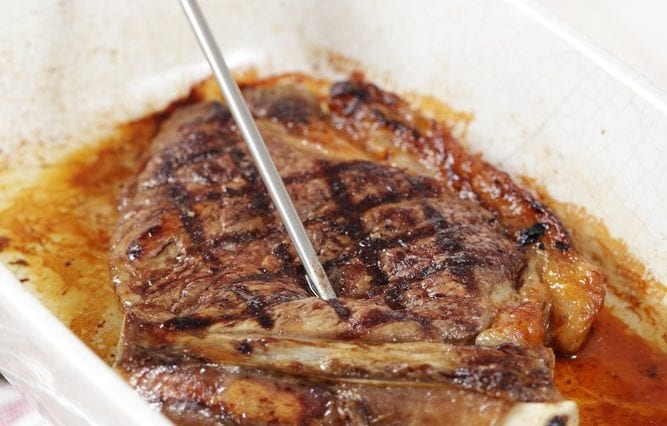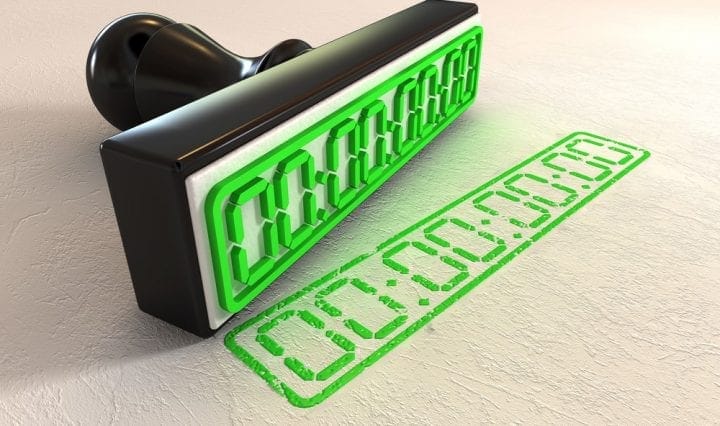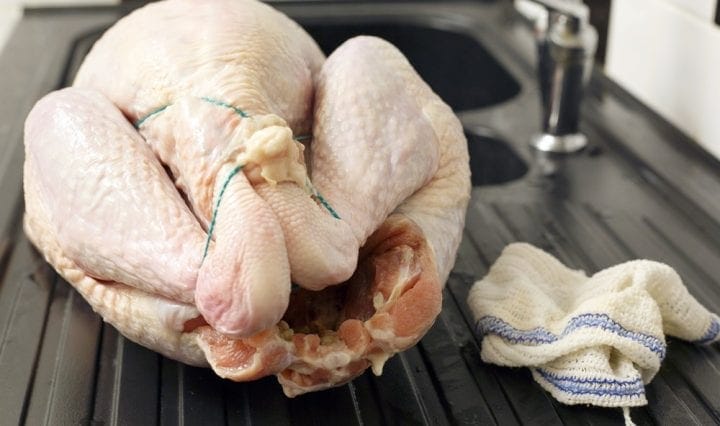Besides the increase in the amount of waste produced, how can we be sure these delivery kits are safe to eat? Rutgers University did some research, and the results were noticeably alarming. Food items that arrived with surface temperatures of 60 to 70 degrees contained high levels of bacteria, and nearly 47% of the 684 food items were unsafe to eat, with the batch being delivered with surface temperatures above 40 degrees. With those facts in mind, here is a list of the many ways to ensure your home delivery kits are safe for consumption.
1. Check The Temperature Of The Food As Soon As It Arrives.
For this, you will need a calibrated thermometer. As soon as the food arrives, grab the thermometer and check the temperature of the food. According to the FDA, the temperature danger zone of packaged food is 41 to 135 degrees. If food is left for more than four hours within the limits of the temp danger zone, the meal is rendered unsafe to eat and must be immediately discarded.
2. Remember The Four-Hour Rule.
As previously stated above, the food kits should be delivered within four hours if kept at less-than-desirable temperatures. This timeframe is enough for harmful bacteria and pathogens to make their presence known in your meals. Talk to the provider and ask them to stamp the date and time of packaging on the food. This will give you an idea if your home delivery meals are unquestionably safe to eat.
3. Pay Attention To Cross Contamination.
You should double check the packaging for leaks or stains, which are surefire signs of cross-contamination. This especially holds true for raw meats and poultry. Cross contamination is the simplest source of pathogens and bacteria in food items, no matter how tight the packaging is or how fresh the food preparation is. With many different variants of food or ingredients in the box, it is easy for bacteria to transfer from one food item to the other. Check the condition of the packaging as soon as the food arrives at your door. Pay extra attention to foul or unusual smells in the packaging itself.
4. Follow The Right Cooking Temperatures.
If you ordered raw fish, meat, or poultry, you should be mindful of the proper cooking temperatures to make sure your food is fit for consumption. You should have a cooking thermometer ready as you prepare the meals. Here are the general rules:
5. Home Delivery Kits Are Not Yet Covered Under FDA Guidelines.
Keep this in mind the next time you order a home delivery kit. There are currently no FDA guidelines regarding this emerging trend. Also, take note that meal companies do not need to follow the same safety standards as your favorite restaurant.
Conclusion.
Consider the above tips so you can be sure your home delivery kits are safe to eat. If you find anything unusual with your food kit, contact the food provider immediately and file a complaint.
twitter facebook linkedin whatsapp
This subscription won’t wake you up in middle of the night, we are not your sweetheart! Register today for free and get notified on trending updates. I will never give away, trade or sell your email address. You can unsubscribe at any time.





